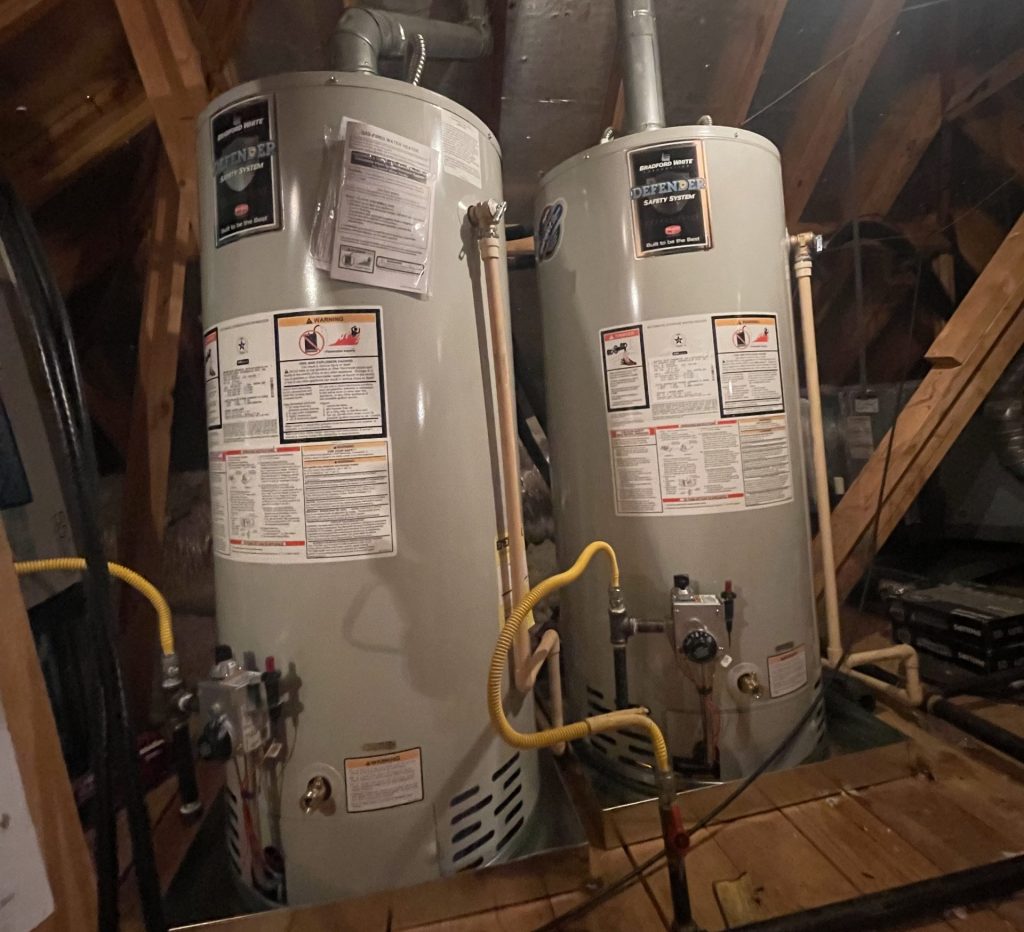
Installing a new water heater is a significant home improvement project that requires careful planning and experienced implementation. Often, people are upgrading from an older system or one that has not been functioning efficiently or correctly for some time. Even if you are installing your first-ever water heater new system, it is best handled by professionals so that it at least meets or exceeds expectations for safety, efficiency, and long-term reliability. Many homeowners don’t have a good understanding of what to expect during this process, which can lead to unnecessary confusion or delays.
Pre-Installation Inspection and Assessment
To begin, the process will start with an inspection of your current water heating configuration. The technician will evaluate the type, size, and condition of your previous unit and perform remote checks of your water lines, gas or electrical connections, and ventilation sources. The technician will also look into your household consumption of water to suggest and plan the size and type of heater you should have installed (whether tank or tankless). This step will also be helpful to identify other issues that could be a potential downside to your new installation, such as outdated piping or space concerns. The technician must pinpoint how your current system is configured, similar to your new one.
Choosing the Right Water Heater
As part of the first inspection, your technician will help you make sure you choose a water heater for your household’s needs. There are many options, including gas and electric water heaters, tank or tankless water heaters, and the energy efficiency rating of the water heater. The water heater you choose should meet your hot water needs while taking your energy utility costs into consideration. Some features that you may want to consider include the recovery rate, warranty, and smart controls. A professional installer will explain the options and assist you in making a knowledgeable decision. Choosing a water heater correctly can avoid frustrations with performance issues down the road and can help guarantee a consumer’s satisfaction with their purchase long into the future.
Shutting Off Utilities and Draining the Old Unit
Safety will be observed during the set-up process. Your technician will first disconnect the electrical power or gas source (natural gas or propane) and disconnect the water inlet from the old appliance. Next, your technician will connect a hose to the drain valve and drain the entire tank. Depending on the size of your water heater and how much sediment has settled, draining the heater may take some time until all of the water has reached ground level. After the water heater has been drained, your technician will disconnect the plumbing at the old heater and disconnect the power supply before preparing the appliance for removal. Handling the water for this step in the process will ensure efficiency and that there is no water mess in your home.
Removing the Old Water Heater
Installers use the appropriate lifting technique as well as any other forms of personal protective equipment to prevent either personal harm or property damage. Sometimes, installers will be required to alter or remove cabinetry, shelving, or flooring for access to the unit on site. Once the old unit is removed and entirely clean, the area will be prepared for your new installation, which will also be established to upgrade current systems for use, which will usually be compliant with the local codes. In the regular course of business, professionals look for leakage, corrosion, or mold surrounding the former unit to alert their customers. Additionally, removing the old heater and responsibly disposing of it is factored into your services.
Installing the New Water Heater
Once the new water heater has been placed and allowed sufficient clear area to operate efficiently, and/or being serviced, the technician will connect the new unit to your home’s water lines, followed by the electrical system, or natural gas line in different instances. The technician will install or alter the venting and exhaust pipes to meet the inspector code (if a gas type has been installed). The technician will also ensure tankless or storage models have access to the system and safely serviceable access for any plumbing connections made during the placement of the water heater. All teams check to ensure proper levelness, tight connections, and tightly sealed connections at the end of the service.
Wrapping Up
Professional water heater installation specialist in Cypress, TX, isn’t just replacing an old water heater. There is a lot more involved, including inspection, checking system compatibility, safety handling, equipment operability, and testing. A qualified technician should be the one doing the installation so that you can be assured that your water heater was installed properly and efficiently. Whether it’s upgrading for more efficiency or replacing a unit that has finally said goodbye, once the installation is done correctly, you will get hot water comfort.